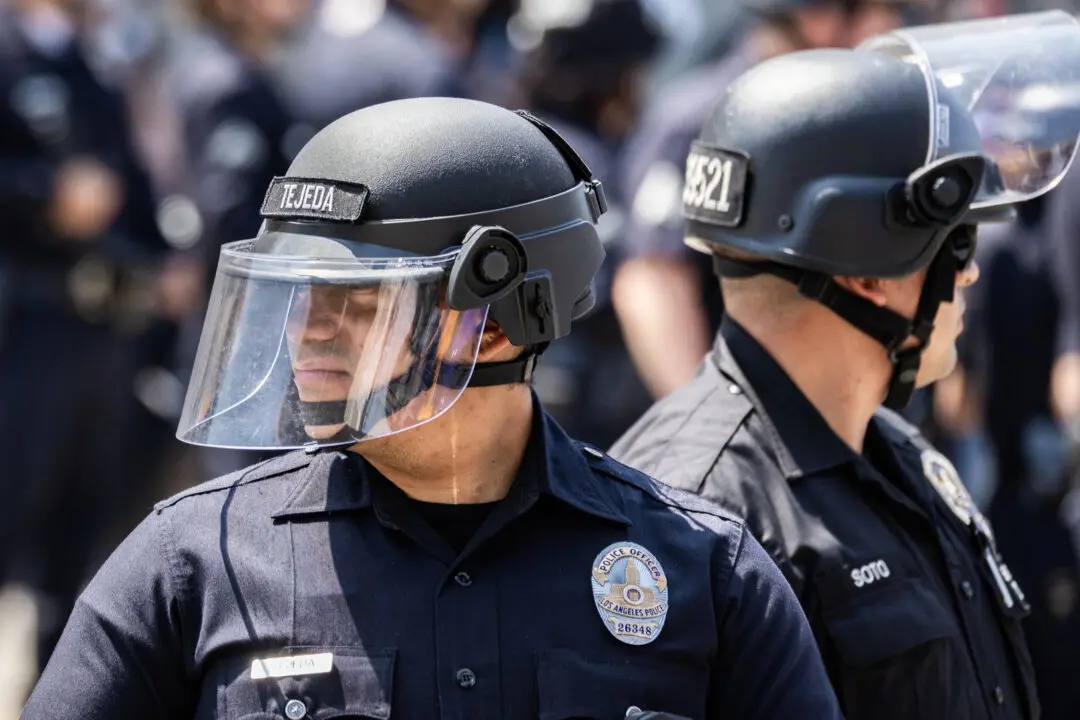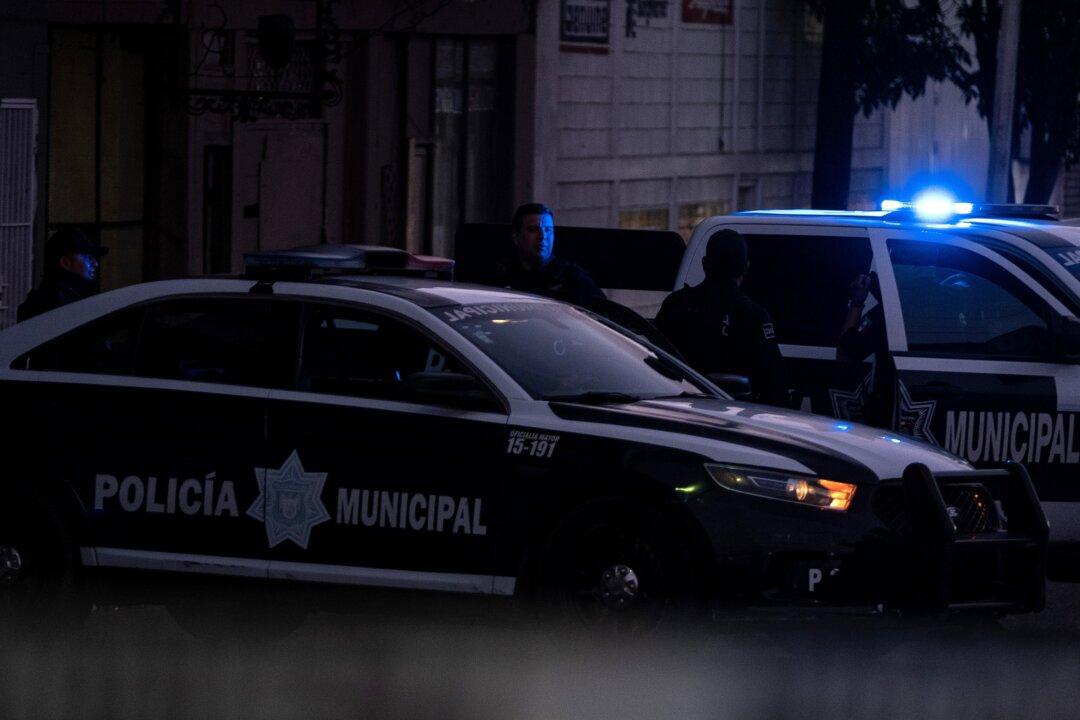LOS ANGELES—Los Angeles City Councilman Hugo Soto-Martinez introduced a motion Oct. 25 calling on the city attorney to join an existing lawsuit against a state commission “urging officials in the state to address public safety concerns around autonomous vehicles (AVs) and rein in the expansion of robotaxis in Los Angeles.”
The councilman specifically cited both Waymo and Cruise, companies developing and launching AVs, in his motion.





